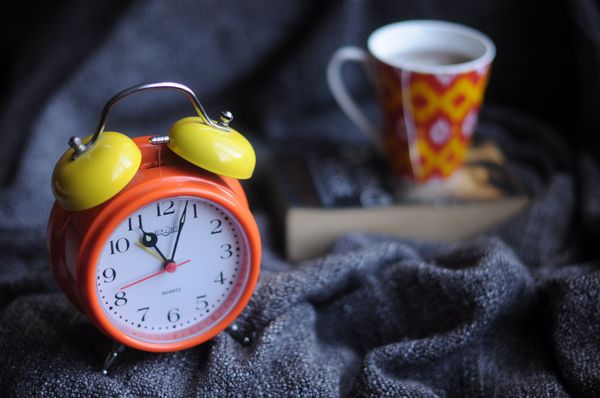
Multitasking is generally a big productivity "no-no." It's one of those things that makes us feel as though we are getting a lot done, but we end up not getting much done at all. However, there might just be a strategy that can make multitasking work for you.
Multitasking only works when only one of the tasks you are performing requires your focus. The others should vary in terms of the levels of thought they require. For example, while on a conference call, you can fold your laundry. Or, while you are making dinner, you can check our social media feeds.
This is where the layers come in. The tasks you are performing can be layered by the amount of attention they need. If you are doing something that doesn't require much of your focus (like doing laundry), you can layer in a second task that is a bit more complex (like answering emails). You can't however, perform two tasks that require your focus simultaneously. If one comes up, like a phone call, you must discontinue the other.
Layered Multitasking
To make this multitasking method work, you first must make a list of all your tasks, and prioritize the ones that are most important. Then, find tasks or activities that can be paired with the items on your list that require higher levels of thought. For example, if you are going to be on a long conference call that won't require much of your input, reply to a few emails at the same time.
For this to really work, you need to get rid of all other distractions. Remember, there's only so much multitasking your brain can handle. So, turn off all your notifications, close social media windows, and get to work on the most important task on your list.
Lastly, time yourself. Set a timer for every 30 to 90 minutes to track how far you've gotten in your tasks. This will help you assess if you are getting distracted, if tasks are taking longer than they should, and what you can change to help you become more productive.







